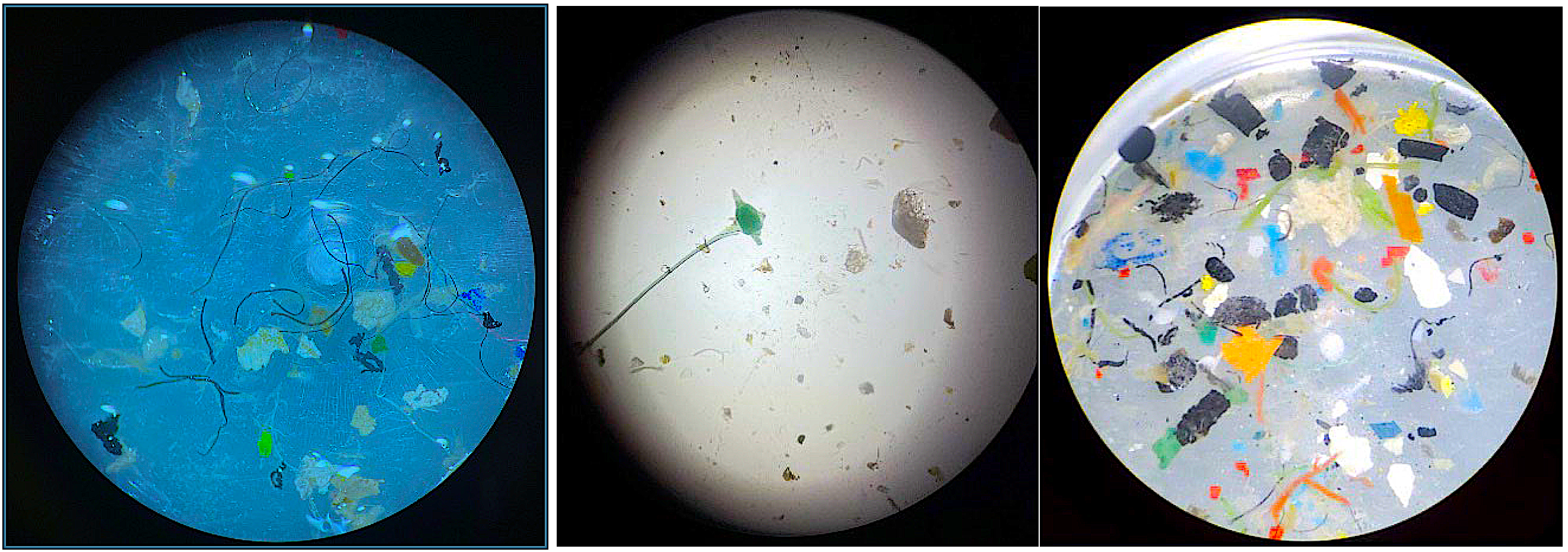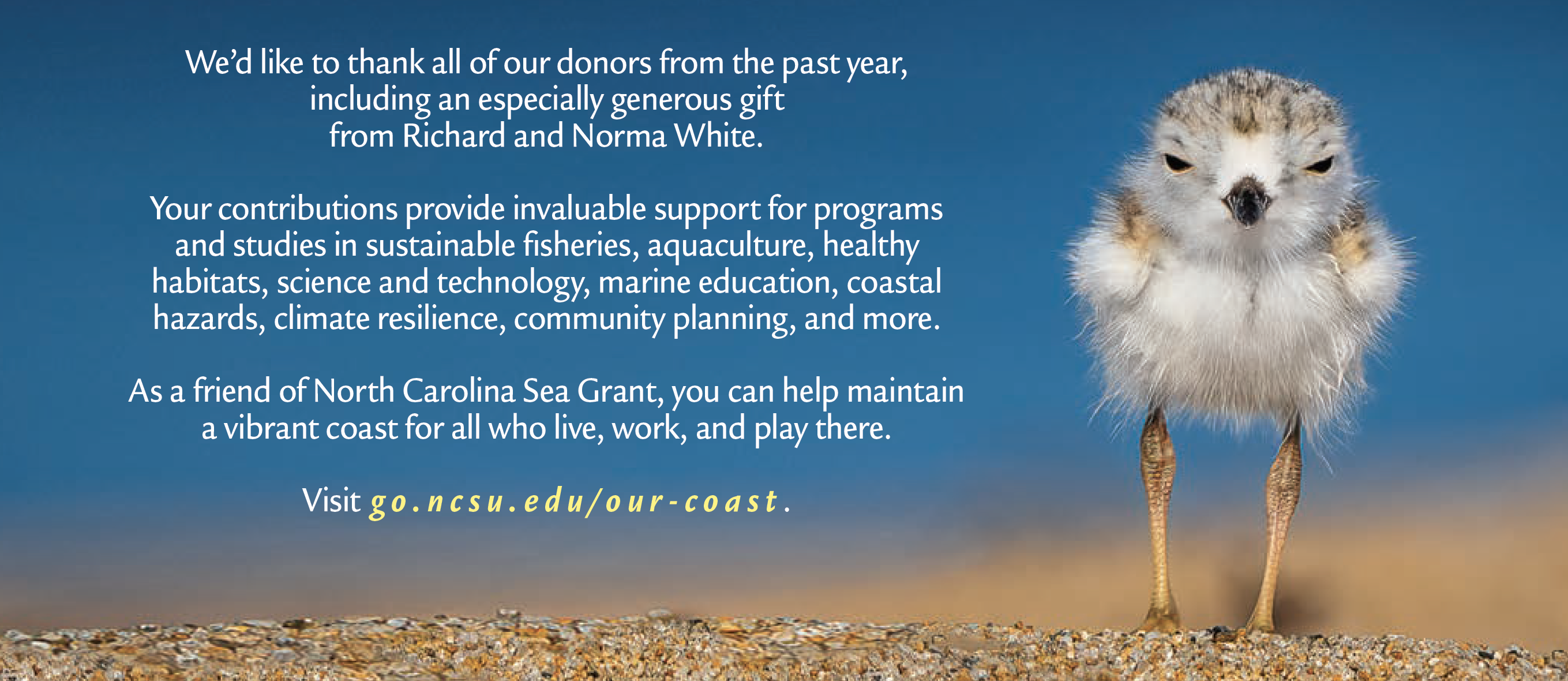Out at Hatteras: With Cap’n Ernie Foster and Albatross I
A day’s journey on the “Graveyard of the Atlantic” loosens stories of lost ships — while aboard an 85-year-old vessel the U.S. Navy once tried to keep from its owner.
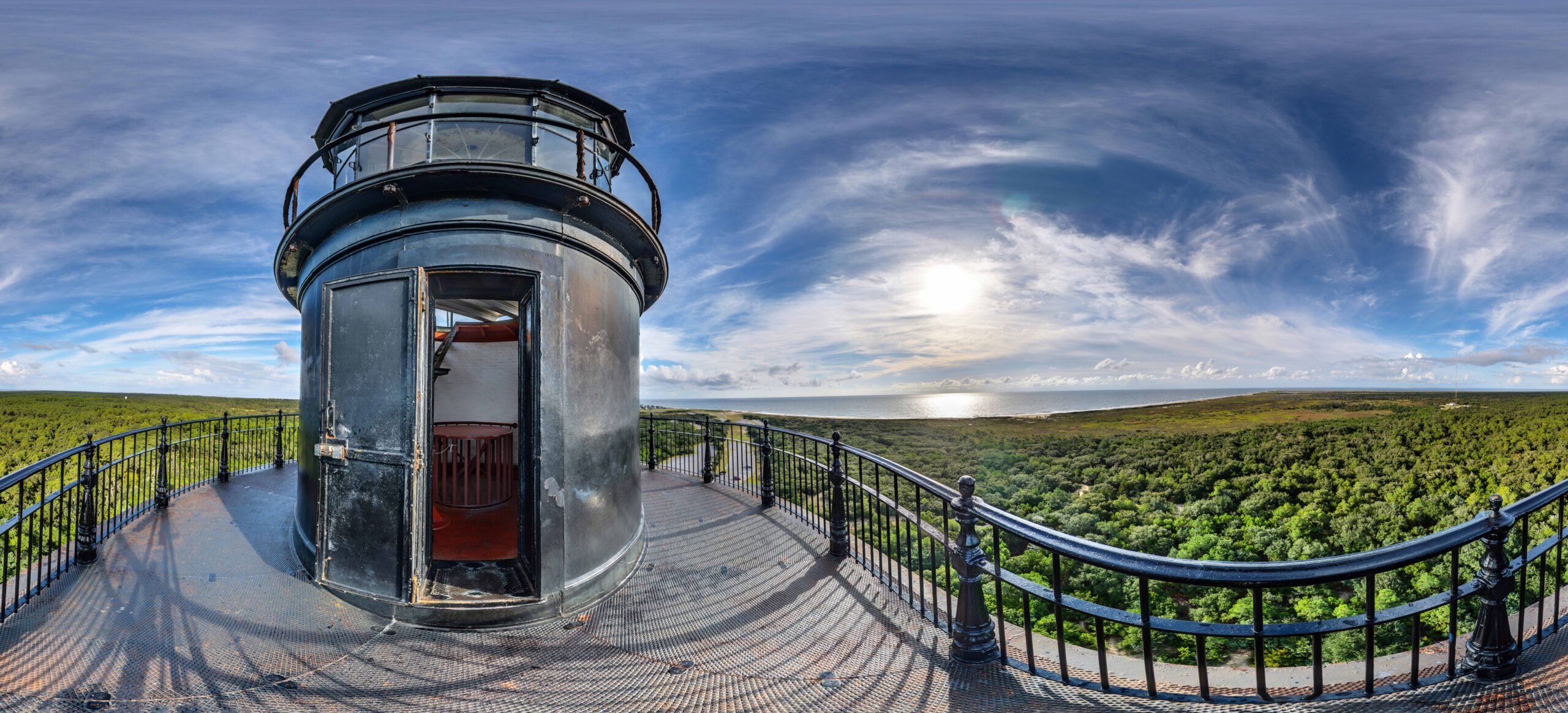
Back in July of 2008, my great old friend and Carolina colleague Jake Mills and I had met up in Beaufort, taken the long ferry crossing from Cedar Island to Ocracoke, and spent the night there with another old friend, Scott Bradley, at his place in the Mary Anne’s Pond neighborhood. The next morning we took the then-short, forty-minute ferry ride on up to Hatteras village, had a late breakfast and some Dramamine, and then went out with wonderfully friendly, sandy-haired Cap’n Ernie Foster on Albatross I for the afternoon, braving the vigorous roll of the very first vessel of the Outer Banks sport-fishing fleet, a round-sterned craft designed by Ernie’s father Ernal and built down Core Sound in 1937, at Willis’s boat works in Marshallberg.
I asked Ernie if we might, before we got to fishing, go over Diamond Shoals, out to the spot where the ghost ship Carroll A. Deering had wrecked long ago, hard aground on the Outer Diamond sometime in the night of January 30th-31st, 1921, no captain or crew aboard when the Coast Guard got to her, and none ever found, their fate unknown to this day.
Ernie was happy to oblige, took the coordinates I gave him and got us right to that haunted spot, miles out from Hatteras Light beneath the bright sun of this July day. Nothing left of the Deering out here now, for she had broken up into two huge pieces, one drifting into the shipping lanes and blown up by the Coast Guard, the other, smaller one floating down and lodging on Ocracoke mid-island. September 1955 Hurricane Ione pitched what little was left up from Ocracoke north onto the seabeach of lower Hatteras Island, and only her capstan, a running light, a flask, the captain’s desk, and the ship’s bell live on at the Graveyard of the Atlantic Shipwreck Museum in Hatteras village.
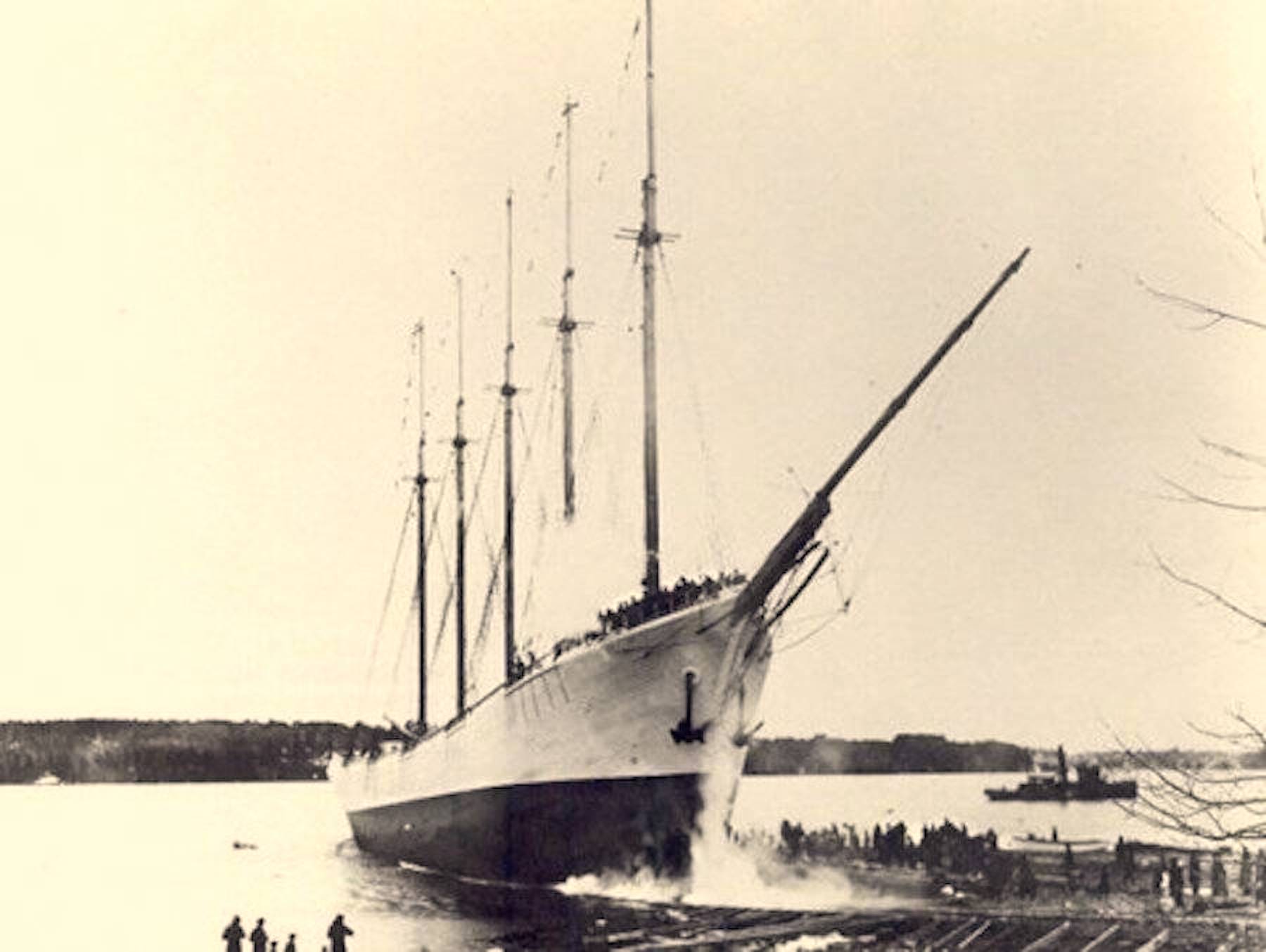
We were rolling in troughs from the ocean swells, and it took about an hour to get from Foster’s Quay to the Outer Diamond. Then we floated over the golden green ridges of the shoals’ bottom as we went back and forth through the roly-poly waves looking for another wreck — the British steamer SS Hesperides, which came in on our world-feared shoals October 9th, 1897, with no loss of life, its boiler now easily visible less than ten feet below the surface, known around Hatteras as the “Boiler Wreck.”
Ernie and his wife Lynne later told me of another pair of nicknamed wrecks close to the Shoals, both sunk by German U-boats during the Battle of Torpedo Junction in early 1942: the “Smell Wreck,” or Empire Gem (a Scottish tanker torpedoed January 23rd, full of aromatic gasoline), and the “Oil Wreck,” or Lancing (under Norwegian registry, downed April 7th, its petroleum load producing a slick on the ocean surface for a good long time).
Only two sailors survived the Empire Gem’s sinking, yet 49 of 50 lived through the loss of the Lancing – 28 of whom were picked up by the Pan Rhode Island, 21 by the HMT Bedfordshire, itself soon to be a victim of a U-boat torpedoing on the night of May 11th/12th, 1942, the bodies of whose captain and three crew members washed up on Ocracoke and have long since lain in the British Cemetery there.
The maritime history lying in state all over these shoals, which inspired David Stick to write Graveyard of the Atlantic, is simply astonishing.
Not quite ten years ago, Cap’n Ernie gave a talk at the shipwreck museum about the 1899 San Ciriaco hurricane and the Outer Banks shipwreck during it of the barkentine Priscilla, from which his great-grandfather surfman Rasmus Midgett single-handedly rescued ten crew members. Riding on horseback, Midgett had come upon timbers, barrels, and buckets in the surf three miles south of Gull Shoal Station, found the wreck, and amidst the howling wind and raging seas, swimming the ten men, one at a time, safely to shore. For his noble deeds, Midgett received the Life-Saving Service’s Gold Medal for Heroism.
Ernie showed us a pantry door in his and his wife Lynne’s home, dark wood and filigreed inlay, that had come off the Priscilla, and then he scrambled up to the second floor and came back with Rasmus Midgett’s solid gold medal (which Ernie would soon place on long-term loan in the shipwreck museum) and put it in my palm, saying as he did, “Heavy, isn’t it?”
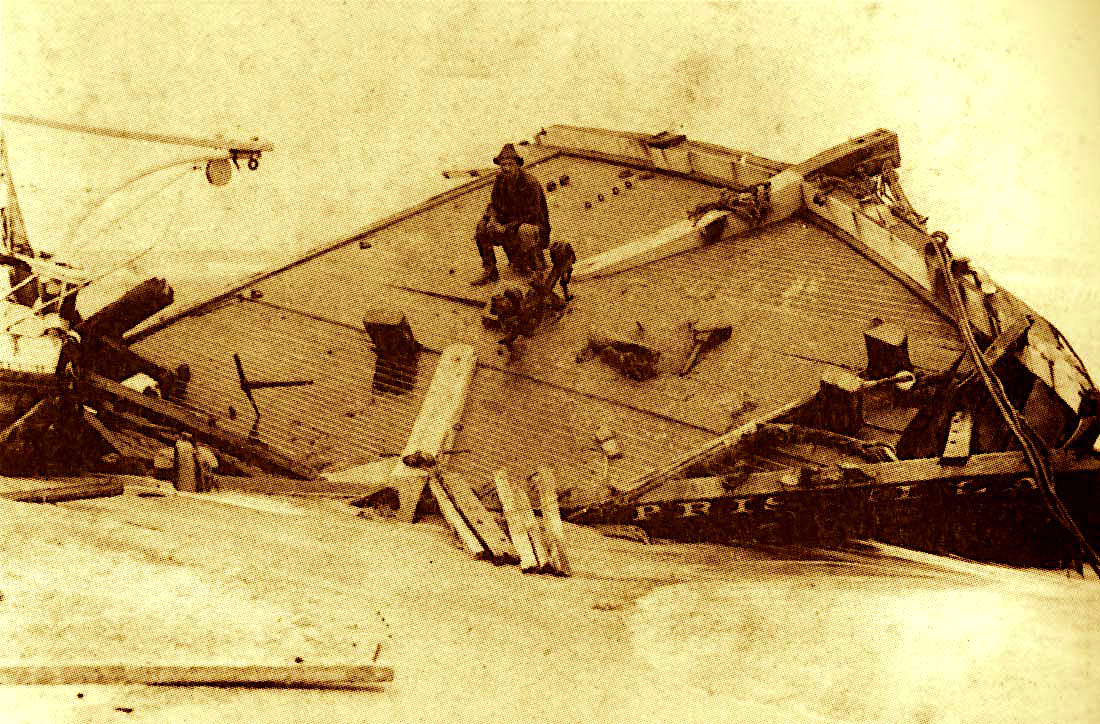
Ernie told me once that when World War II broke out, much of it right along the Allied shipping lanes targeted by German U-boats off the Outer Banks with heavy Allied losses during the first half of 1942, the U.S. Navy descended upon the Carolina fishing fleet and, essentially, eminent-domained the fishing boats. When Ernie’s father Ernal refused, and burned the Navy’s paper, the Navy took Albatross anyway.
Ernal Foster went into the Coast Guard, in service in its Station Fort Macon area during the war when he happened to lay his eyes on Albatross afloat in the Newport River, serving as a party-boat for Naval officers and their dates. He kept his cold fury to himself till the end of the war.
Then, in Hampton Roads at the time of the Allied victory, Ernal told his Coast Guard mates he was going to see the Navy admiral at Little Creek about getting his fishing boat back — Don’t do it, they said. He’ll eat you alive and throw you in the brig, they said.
Ernal, though, was a fearless Hatterasman, and he did not care that the admiral kept him waiting, then made Ernal stand when he finally got an audience.
“You want what!” the admiral fairly shouted at him.
“I said I want my boat back,” Ernal Foster said.
“Well, you can’t have it,” said the admiral. “You signed it over to the Navy.”
“No, sir, I did not,” said Foster.
“You signed a paper!”
“No, sir, I burned it.”
“Get out! Get out!” said the admiral, and that was that.
Yet not quite. Ernal Foster wrote the 1st District Democratic Congressman, Herbert Bonner, relatively new to the U.S. House but already big on coastal matters, and laid out how the Navy had absconded with his boat, which now, with the foreseeable end of hostilities, he wanted back.
After a short spell, the admiral at Little Creek called for Coast Guardsman Foster to return to the admiral’s office, and this time the admiral not only did not keep Foster waiting but in fact held he door for him and then held a chair for him to sit.
“I’m afraid,” said the admiral, “that there’s been some misunderstanding about your boat . . .” And in short apologetic order, the admiral explained that Albatross would be given back to Ernal Foster at the earliest possible opportunity.
Which it was.
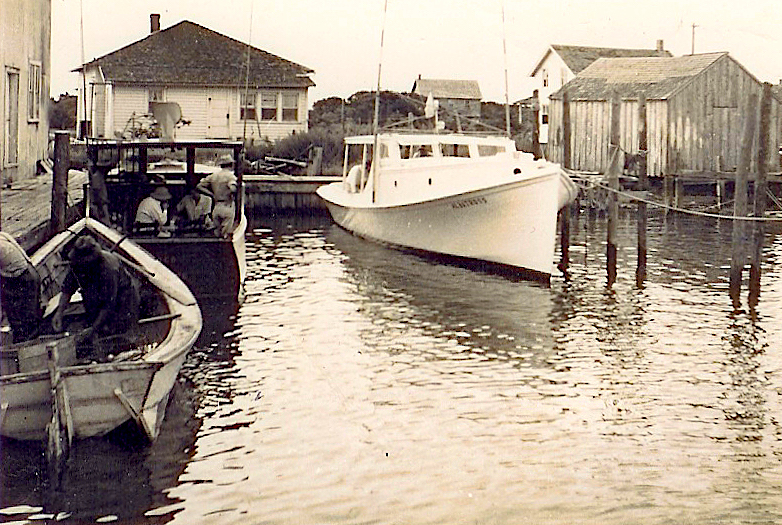
“Well, then,” Cap’n Ernie said, as he wheeled us off Diamond Shoals, “let’s go after some Spanish.” We cast our lines and fished on the southern side of Diamond Shoals— in Hatteras Bight. “If it’s blowing 25 northeast,” he said, “it’ll be flat calm in here.”
By the time Cap’n Ernie piloted Albatross I back to the docks and tied up at Foster’s Quay, we had hooked and caught several dozen Spanish mackerel, a sweet and tender fish if ever there was one, a prize cooler-full, and by suppertime we were back down in Ocracoke village. There, at Scott’s sound-side redoubt, looking out to the north towards Big Foot Slough and Howard’s Reef and all of the glorious Pamlico beyond, we fried up a huge mess of them, and Scott drove the nail flush to the plank when he said of the meal, the evening, our Outer Banks whereabouts, pronouncing only: “Finest kind.”
With thanks to Lynne and Ernie Foster of the Albatross Fleet: albatrossfleet.com.
more from Bland Simpson
- “This Wet and Water Loving Land”
- Ghost Ship of Diamond Shoals The Mystery of the Carroll A. Deering
- Two Captains from Carolina Moses Grandy, John Newland Maffitt, and the Coming of the Civil War
- more books from Bland Simpson
shipwrecks in Coastwatch
- “First Wave: The Pea Island Surfmen Prove Themselves on a Heroic Night”
- “The Mystery Ship off Pappy Lane: How Science and Sleuthing Uncovered the History of a 58-Year- Old Shipwreck”
- “Assessing Shipwrecks: The Value of Preservation”
- NC’s first Heritage Dive Site, featuring a Civil War blockade- runner
- the science of shipwrecks
BLAND SIMPSON, North Carolina’s oft-honored voice of our state’s coast, is Kenan Distinguished Professor of English and Creative Writing at the University of North Carolina at Chapel Hill. He is also pianist for the Red Clay Ramblers, the Tony Award-winning string band, and has collaborated on such musicals as Diamond Studs, Fool Moon, Kudzu, and King Mackerel & The Blues Are Running.
